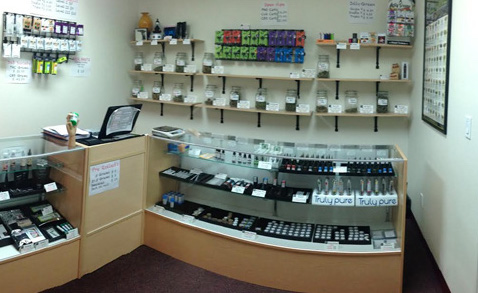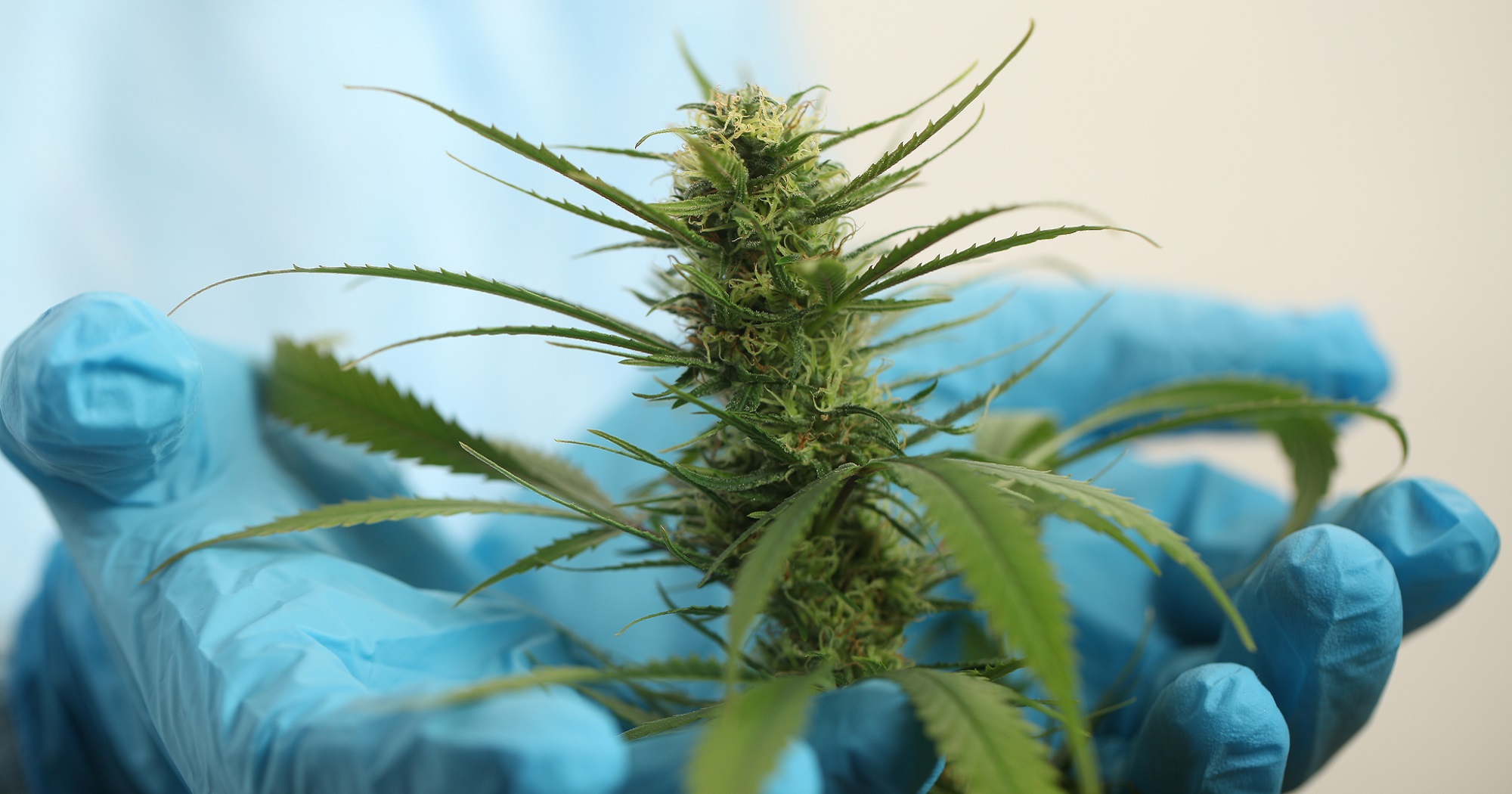What is the Difference Between Medical vs. Recreational Marijuana?

Choosing the Right Cannabis Product For You
April 22, 2022
How To Read Cannabis Strain Names
November 21, 2022Marijuana is now legal in some form in over half of the United States. But with this change in legislation, there are still a lot of questions about what exactly is allowed and who can access it. Our guide will help clear up the confusion by explaining the five key differences between recreational and medical marijuana.
What is Recreational Marijuana?
Recreational marijuana is a term used for the regular use of marijuana without a medical justification. Adults who are 21 years of age or older in 19 US states are legally allowed to possess state-determined amounts of marijuana for consumption on private property. The use of recreational marijuana has been linked with social gatherings and events, such as parties or music festivals. Some people believe that the use of recreational marijuana can help to reduce stress and anxiety levels, while others claim that it can improve creativity and self-expression. There is still much debate surrounding the potential benefits and risks of recreational marijuana use. Still, the legalization of the substance in many states suggests its use is becoming more socially acceptable.
What is Medical Marijuana?
Medical marijuana is a term used to describe the use of the Cannabis plant for medicinal purposes. Medical marijuana can be used to treat a wide variety of conditions, including chronic pain, anxiety, nausea, and even cancer. In order to use medical marijuana, users require a medical diagnosis and a doctor’s recommendation.
What is the Main Difference Between Medical vs. Recreational Marijuana?
While both medical and recreational marijuana come from the same plant, there are some key differences between the two, such as:
1. THC & CBD Levels
While both medical and recreational cannabis contains the active ingredients Cannabidiol (CBD) and Tetrahydrocannabinol (THC), the main difference between the two is the THC content. THC is responsible for making users feel high. While it does have some medicinal benefits, its psychoactive nature is not ideal for those who want to use marijuana exclusively for health reasons. CBD, on the other hand, has been shown to be an excellent medical remedy for a variety of conditions, including pain relief, anxiety, and epilepsy. As a result, medical cannabis usually has a higher CBD and lower THC content than recreational cannabis. This difference in composition makes medical cannabis better suited for those who are looking to use marijuana for its medicinal properties.
2. Quality
There is a common misconception that medical marijuana and recreational marijuana are of the same quality. However, this is not always the case. Medical marijuana is held to a much higher standard than recreational marijuana. In order to be used for medical purposes, marijuana must undergo extensive testing to ensure that it meets strict quality standards. This testing includes checking for things like THC levels, potency, and purity. In contrast, recreational marijuana is not subject to the same rigorous quality control measures. As a result, the quality of medical marijuana is generally higher than that of recreational marijuana.
3. Legalities
The legal landscape surrounding marijuana use is complex and ever-changing. In some states, both medical and recreational use of marijuana is legal, while in others, only medical use is allowed. The distinction between the two types of legality is important, as it can have significant implications for both patients and providers. Medical marijuana laws typically provide greater protections for users, including the ability to possess larger quantities of the drug and to grow their own plants. They may also allow for the sale of marijuana products in licensed dispensaries. In contrast, recreational marijuana laws typically place stricter limits on users, including restrictions on possession and cultivation. As a result, it is important to be aware of the cannabis laws in your state before using marijuana.
4. Access and Availability
While both medical and recreational marijuana is legal in some states, there are still differences in the way that they are regulated. One of the biggest differences is in terms of access and availability. Medical marijuana is only available to patients who have been prescribed it by a licensed physician. In contrast, anyone over the age of 21 can purchase recreational marijuana from a licensed retailer. Currently, medical marijuana is legal in 37 states, while recreational marijuana remains legal in only 19 states. Before purchasing cannabis, be sure to research your local state laws, as they can drastically vary from state to state.
5. Age
Even in states where marijuana is legal for recreational use, there are age restrictions. Individuals must be 21 years or over in order to legally purchase and consume the product. However, there are no age restrictions for individuals who have been prescribed medical marijuana to assist with the treatment of their condition.
Your Local Medical Marijuana Dispensary in Portland
CannaSource provides Portland, Oregon, with the HIGHEST QUALITY cannabis products. We carry a wide variety of locally grown and processed medicinal and recreational cannabis products and offer a robust selection of Portland, Oregon’s top-chosen strains of cannabis. No matter your condition or needs, we can help! Our expert staff is incredibly knowledgeable regarding our products, their compositions, and when they can be most effective. We take our patients’ medical needs and security very seriously and consistently seek to improve their quality of life through professional, compassionate service. Call us, visit our website, or come down to our location and meet our friendly staff!


